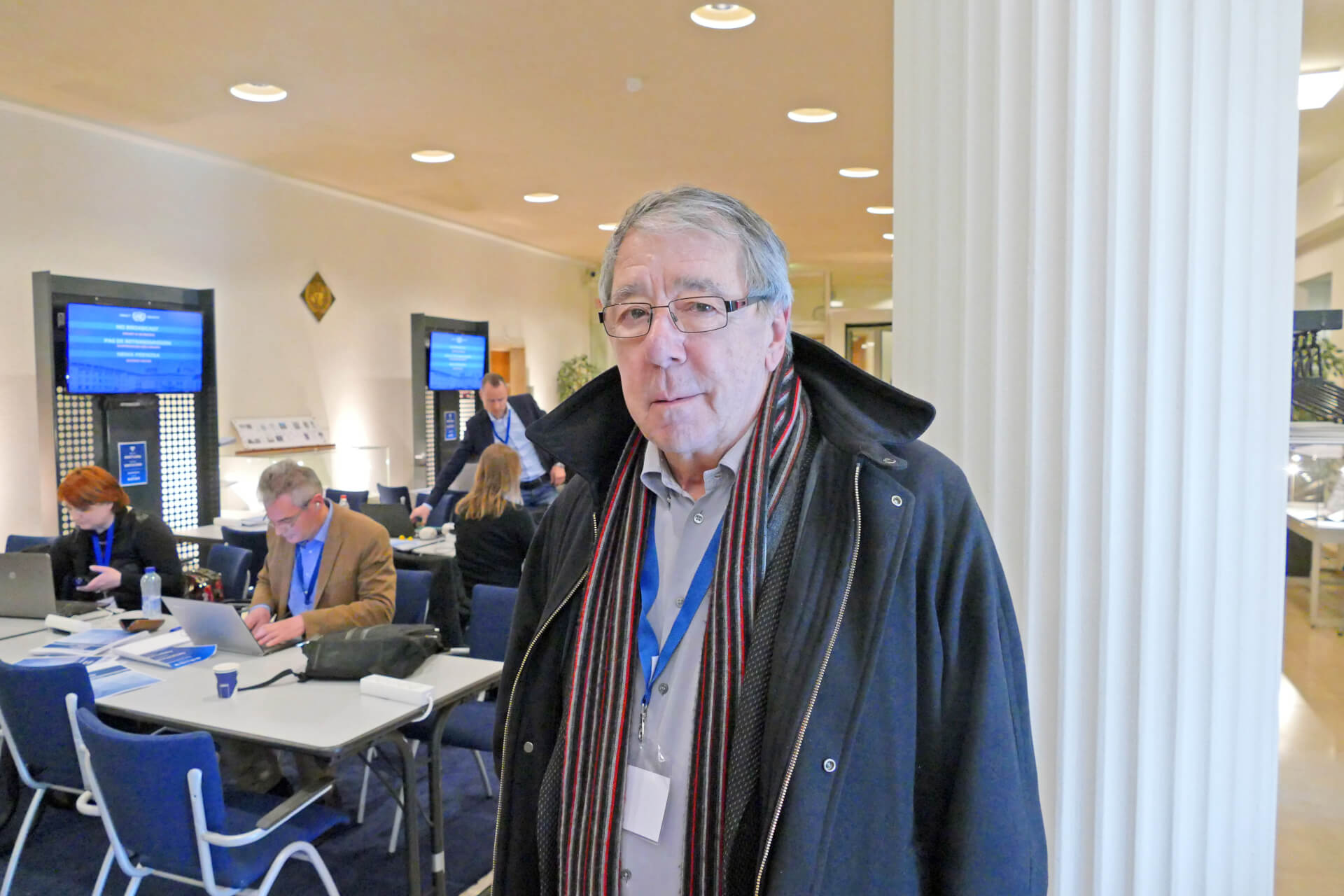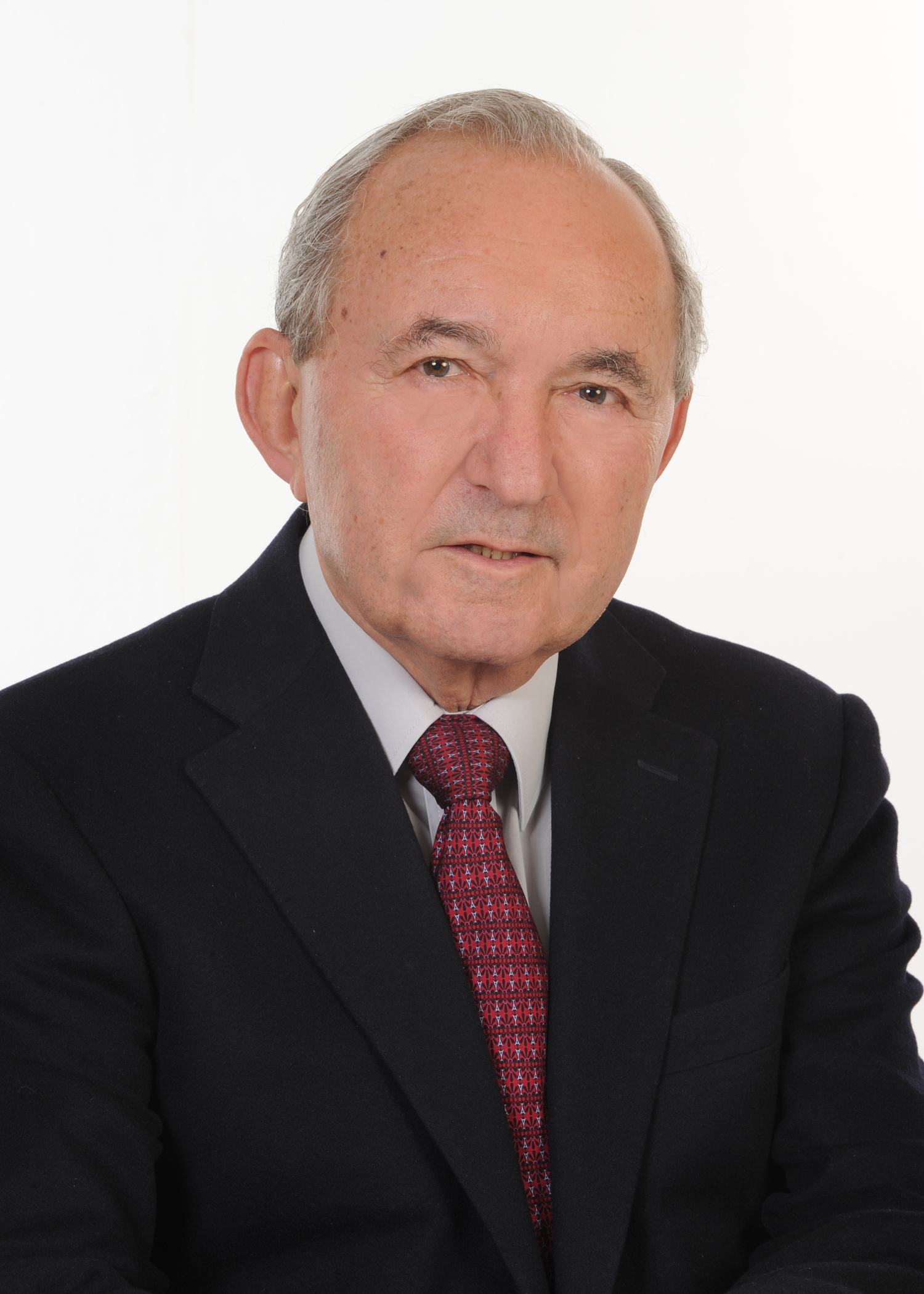From 1993 he worked in Nasa borba’s Brussels office, covering international conferences on the former Yugoslavia, European conflict and crisis forums, and the activities of the newly-formed International Criminal Tribunal for the former Yugoslavia (ICTY).
The Tribunal became his main focus, and in 1998 he established SENSE News Agency, a specialist media outlet that reported on its work, and that of other international courts based in The Hague. SENSE produced not only daily written reports and analyses, but also weekly “Tribunal TV” television updates, which were aired by local broadcasters throughout the region. Since then, it has produced over 10,000 trial reports and 360 hours of television, as well as 7 documentary films and 4 interactive online narratives.
In 2014, the Agency established the Srebrenica Documentation Center in cooperation with the Potocari-Srebrenica Memorial Center, for those who want to learn about the ICTY’s investigations, reconstructions and prosecutions of the crimes committed in the area in 1995.
„Let me quote here an unusual metaphor with which the former Chief Prosecutor Louise Arbour answered, in a similar interview, the question on global effects of The Hague Tribunal: “Disintegration, death of Yugoslavia” – said Arbour in this interview – “was an earthquake which hit the whole country and the entire region .” I think that the Tribunal was an earthquake which hit the entire international law, and of same strength and scope regarding the waves it provoked . The Tribunal has made, I believe, the point from which there is no return in the sense of responsibility, an end of the culture of impunity and the expectation of the world that military and political leaders must be responsible for what they do . There will be disputes [as to] whether or not certain concrete decisions were wrong in the legal sense, but this will not remove the heritage which remains behind the fact that the Tribunal has succeeded, despite all initial expectations.
„Historical material is contained within them and, sooner or later, people will have to deal with it. Unfortunately, we now have political, intellectual and media elites who are deep in the process of denying these crimes. But this won’t last forever—it’s transient. There was a similar situation in Germany after World War II, but with time new people emerged who sought to find out what happened, and then found those answers in the verdicts handed down to war criminals. I’m not saying it will happen soon, but I think it’s inevitable that it will happen eventually. I think that the situation will not be infinitely bad, and that we will all come out of this nightmare.“
„There in ICTY were people who thought it was their job to advance international criminal law, or to contribute to academic interpretations, who felt it was not important what we thought of those judgments, but how those judgments would be viewed in the history of international criminal law. These people were like missionaries. But from the beginning, the group of idealists who wanted to bring about justice dominated. The first ICTY President, Antonio Cassese, and its first Prosecutor, Richard Goldstone, practically ensured that the Tribunal survived at a time when none of the founders wanted it to ever become functional. Chief Prosecutor Louise Arbour is also in this group, because she created a major shift in the attitude of the world’s politicians towards the ICTY. The international community imposed itself and secured respect for the Tribunal, but so did a number of great prosecutors who, for example, handled the Srebrenica and Lašva Valley cases fantastically. Mark Harmon loved the job, and has been to Ahmići several times. Not to mention the Srebrenica Prosecutors—Peter McCloskey, Allen Tieger, Kenneth Scott and a number of others— who really dedicated themselves to establishing the facts about what happened and bringing justice to the victims of war crimes...“
Following the sentencing of the first President of Republika Srpska, Radovan Karadzić, on 20 March 2019, Mirko Klarin said: „My main thought is: imagine that all this happened 20 years ago—what Bosnia and the region would look like today . Unfortunately, the whole region is paying the price for the lack of political will of those who could have done it 20 years ago, but did not want to, and that is the most tragic thing at the moment...
„The destruction of cultural heritage in Bosnia and Herzegovina from 1992 to 1995 involved the systematic destruction of more than 1,200 mosques. The ICTY cases cover only a small fraction of these attacks, and are geographically limited to only a few dozen Bosnian municipalities. Crimes such as the destruction of all 16 mosques and 6 Catholic churches and monasteries in Banja Luka, Jajce and many other places have never been mentioned in the Tribunal’s rulings. So far, very few cases that have come before the courts in Bosnia and Herzegovina have dealt with war crimes against cultural heritage. Punishment for these crimes remains in the local courts.„
SENSE has made extensive material available on its website, and its videos on the ICTY’s achievements and legacy names those who made major contributions to proving the truth about the aggression against Bosnia and Herzegovina, most of whom remain largely unknown to the general public. Among them are Harvard University’s renowned experts on the cultural heritage of the Balkans from the Ottoman period, Andras J Riedlmayer and Andrew Herscher. Because the ICTY did not have sufficient resources to simultaneously investigate crimes and the destruction of cultural heritage, it relied on enthusiasts like Riedlmayer and Herscher who, aware of the importance of the old mosques in Bosnia and Herzegovina and Kosovo, went to these sites to investigate their destruction. During his testimony in the Milosevic trial, Riedlmayer said, “I asked if UNESCO was conducting any systematic research and the answer was no. Andrew Herscher, an architect I knew from before, responded to my appeal online and suggested that we investigate this together”. The work of these two external enthusiasts—along with that of UNESCO cultural heritage expert Colin Kaiser—proved vital in enabling the ICTY to establish a direct link between the destruction of cultural property and ethnic cleansing, as it meant the Prosecution could call on them as expert witnesses.
Read InterviewSources
- Hafizović-Hadžimešić, A. (2021). On the Side of Humanity [Na strani čovječnosti]. Sarajevo: Udruženje Pokret majki enklava Srebrenica i Žepa.
- Islamic Informative Newspaper "Preporod"







